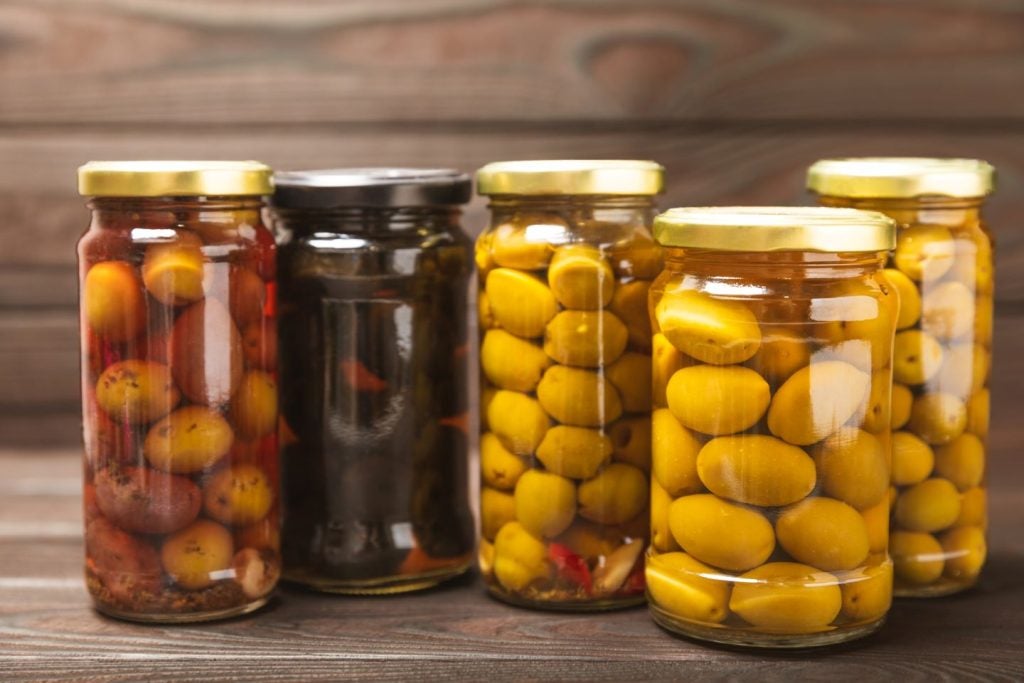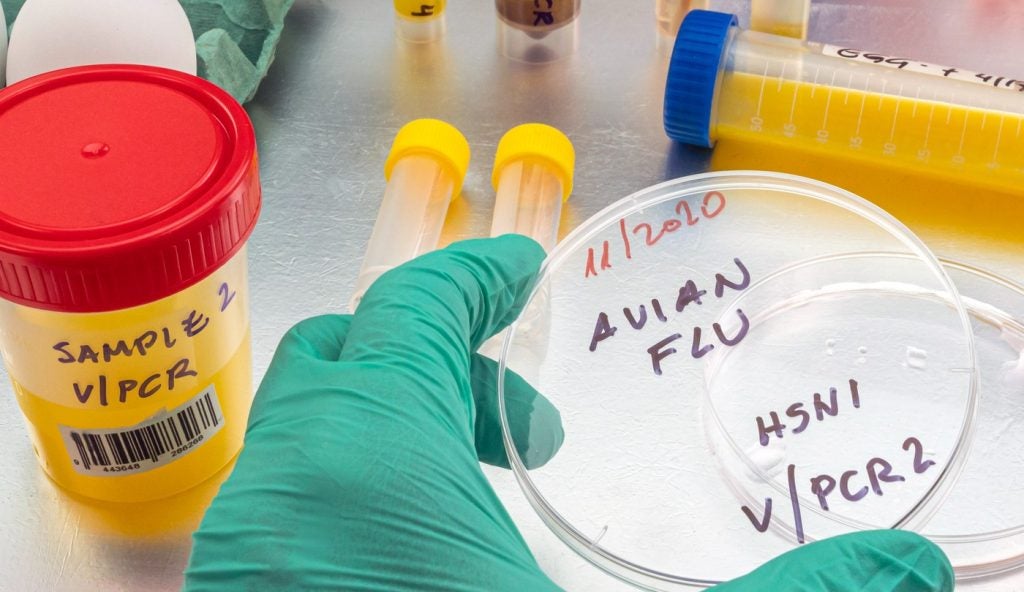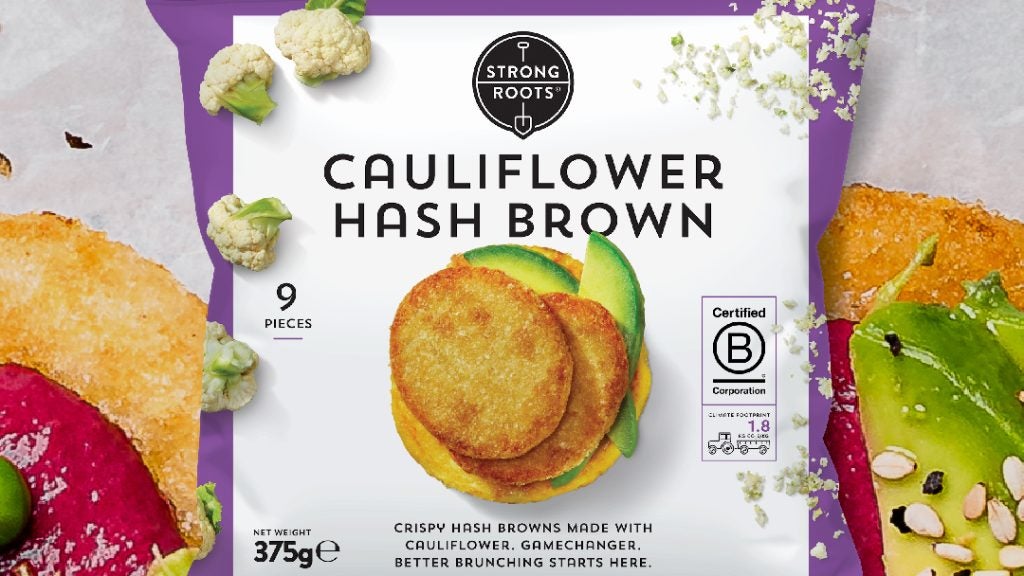The US Department of Agriculture has updated its federal nutrition programme to promote fruit and vegetable consumption but less assistance on dairy consumption.
The Special Supplemental Nutrition Program for Women, Infants and Children (WIC) has been updated to include the most recent “science-based revisions” and dietary guidelines. It marks the first update to the fund, which covers upwards of 6.5 million women and children, in a decade.
WIC is a federal grant provided to aid low-income women who are pregnant or postpartum and their children who are at nutritional risk. The funding is used to provide nutritious foods, counselling on healthy eating, breastfeeding support and other healthcare-related services.
Before the pandemic, participants used to receive a cash voucher they could redeem for fruits and vegetables, worth $9 monthly for children and $11 for mothers.
After adjusting for inflation, the vouchers increased under legislation passed during the pandemic to $26 a month for children, $47 for pregnant and postpartum women and $52 for breastfeeding mothers, and these changes have now been made permanent.
However, the programme will reduce the amount of milk it provides to four gallons for fully breastfeeding women, from a monthly maximum of six gallons. For children ages two to four, it has fallen from four gallons to 3.5 gallons and to three gallons for toddlers from four gallons.
The Biden-Harris Administration said it had secured in total over $7bn in funding to provide “nearly seven million pregnant women, new mothers, infants and young children with critical nutritional assistance they need and deserve”, according to a statement.
“WIC has a half-century track record of caring for young families. USDA and the Biden-Harris Administration are committed to ensuring that mums, babies and young children continue to thrive through WIC,” said Secretary of Agriculture Tom Vilsack.
“These participant-centred changes will strengthen WIC by ensuring the foods participants receive reflect the latest nutrition science to support healthy eating and the brightest futures.”
WIC state agencies have two years to implement these updates, according to the US Department of Agriculture’s Food and Nutrition Service.
Mixed industry responses
FMI, the US food industry association, welcomed the updates, highlighting the “greater choice and convenience” as beneficial for the grant recipients.
Chief public policy officer and SVP of government and member relations Jennifer Hatcher said: “We applaud USDA’s commitment to permanently increasing the monthly cash-value voucher/benefit (CVV/B) amounts for fruit and vegetable purchases in the WIC programme to reflect 50% of the Dietary Guidelines’ recommended fruit and vegetable intake for mothers and children.
“We also appreciate USDA’s approval of new substitution patterns and package size flexibility, which will improve participant access to and utilisation of WIC foods. We expect both rule changes will result in measurable benefits for mothers and young children.”
Meanwhile, the US milk producers' lobby group expressed concerns with the WIC update, stating that “decreasing the amount of dairy decreases the nutrients” for those receiving the WIC money.
Gregg Doud, the president and CEO of the National Milk Producers Federation (NMPF), said: “NMPF is disturbed by the decision to reduce access to the essential nutrients dairy adds to the diet.
“Nutrition science demonstrates that dairy products like milk, yogurt and cheese are especially important for women, infants, and children; meanwhile, nearly 90% of Americans don’t meet the number of dairy servings recommended by the 2020-2025 Dietary Guidelines for Americans. This rule works against the WIC Program’s goal of ensuring all Americans have consistent and equitable access to healthy, safe, and affordable foods.
“At a time of rising food costs, it’s important to focus on increasing access to a wide variety of healthful, nutrient-dense, and affordable foods, including dairy products,” Doud said. “It’s disappointing that the final rule limits WIC family purchasing power for nutritious dairy foods.”
A NMPF statement added that milk, cheese, and yogurt are three of the five top redeemed items through WIC. They also provide three of the four nutrients of public health concern identified in the 2020 guidelines.
















